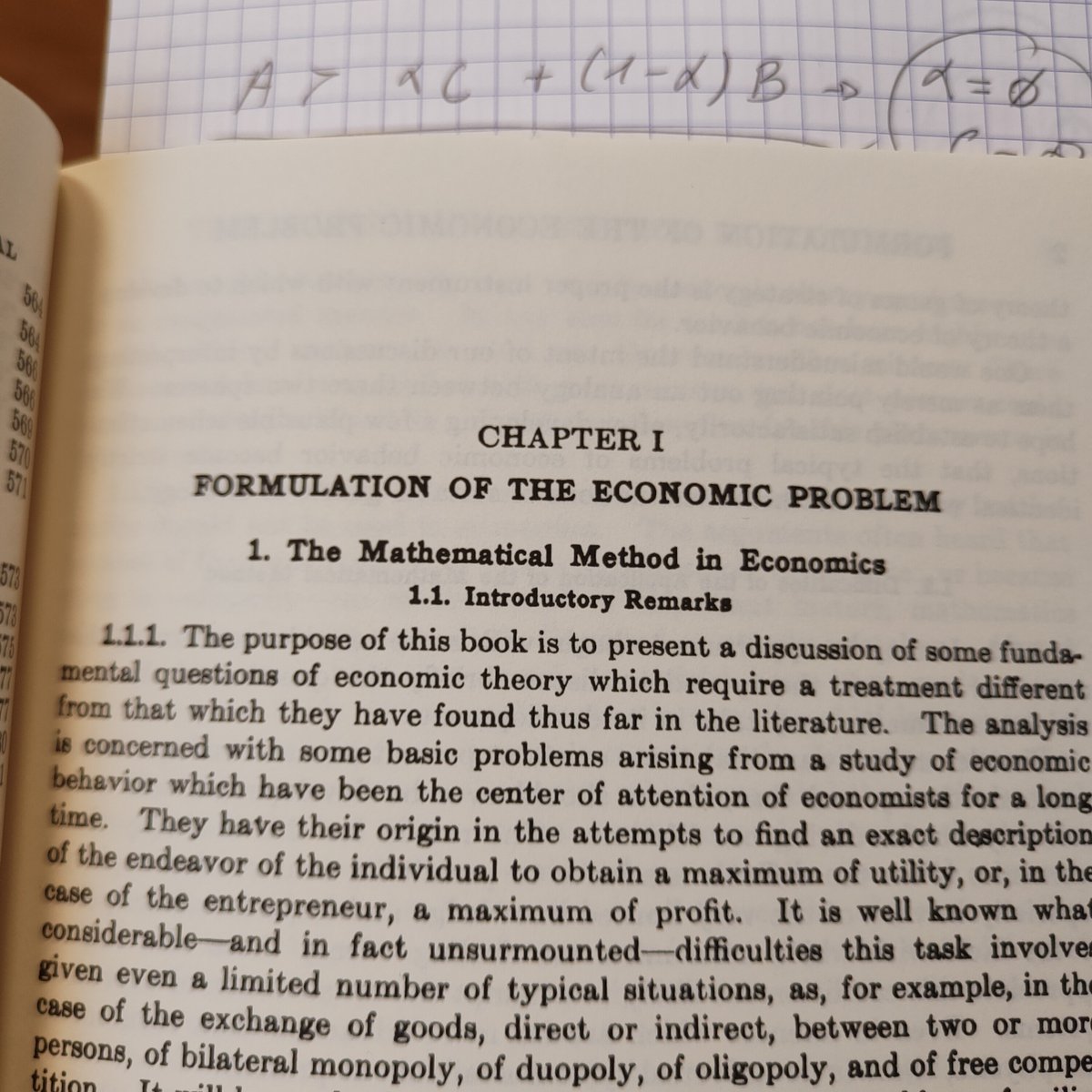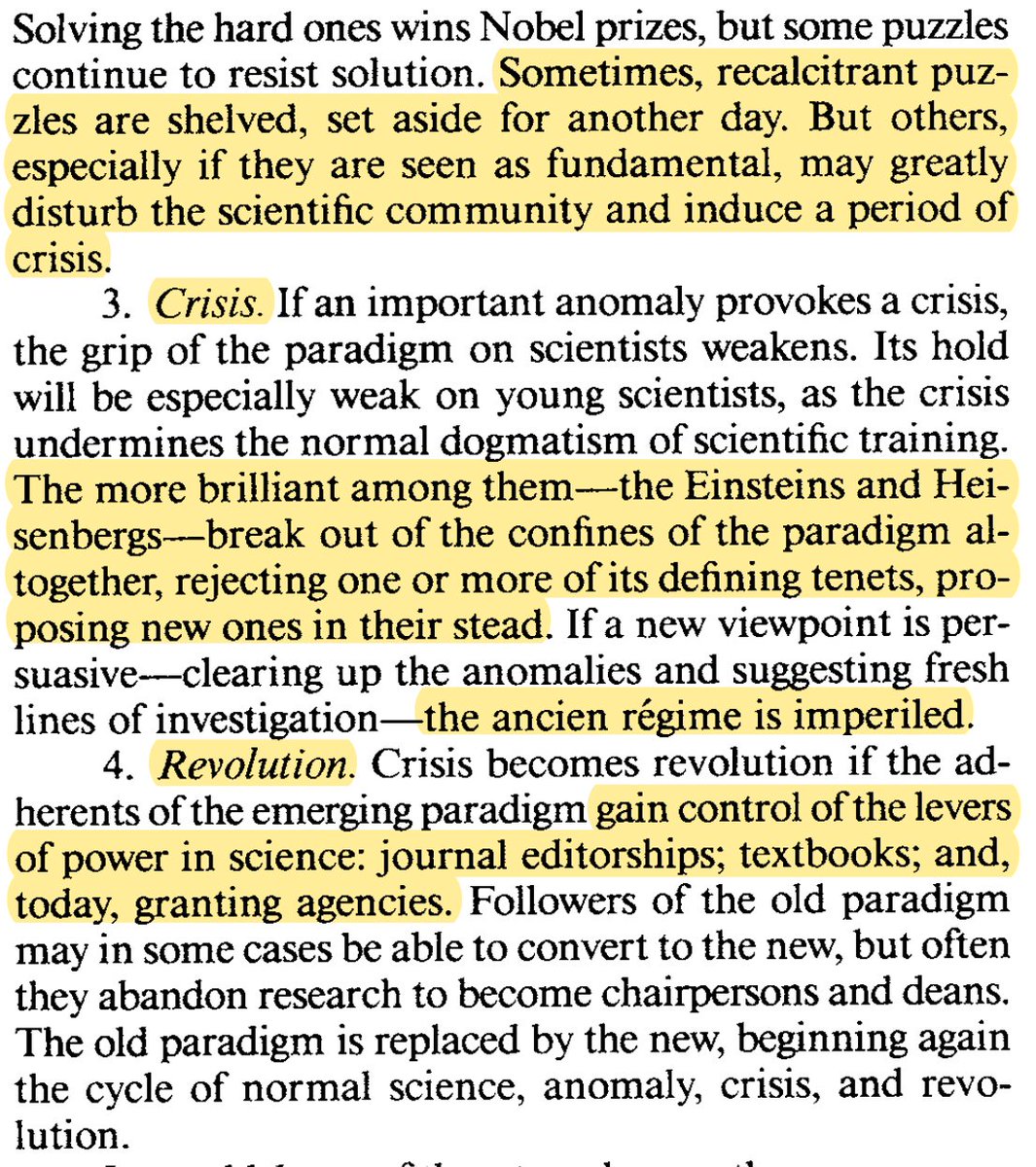Just posted in @PsyArXiv a short where I collected some suggestions concerning "how to prepare a rebuttal letter". Journals do not provide explicit guidance on this and, in my experience as a reviewer and editor, a great diversity exists in their format..
psyarxiv.com/kyfus/
psyarxiv.com/kyfus/

.. however, not all formats are, in my modest and personal opinion, as effective. And by effective here I mean the capacity of delivering all the relevant information (how are you responding to the Reviewer's point) in a clear and efficient manner. I mostly focused on formatting
Tip 0: Before the rebuttal, the cover letter.
I find it extremely helpful when the cover letter mentions, in a narrative manner, the main modifications undertaken during the revision and how they are related to the Reviewers’ main points and the final story of the manuscript
I find it extremely helpful when the cover letter mentions, in a narrative manner, the main modifications undertaken during the revision and how they are related to the Reviewers’ main points and the final story of the manuscript

Tip 1: do not modify or rephrase the Reviewers’ comments
This may appear to be a more obvious (or unnecessary) tip, but since I have actually observed this situation a couple of times, I thought it may be useful to explicitly state it.
This may appear to be a more obvious (or unnecessary) tip, but since I have actually observed this situation a couple of times, I thought it may be useful to explicitly state it.

Tip 2: numbering the reviewers’ comments.
More specifically, in our rebuttals, numbering takes the simple form of adding Rx.y just before (or after) the Reviewer’s remark, where x is the number of the Reviewer (usually, R1, R2, R3) and y is the number of the point.
More specifically, in our rebuttals, numbering takes the simple form of adding Rx.y just before (or after) the Reviewer’s remark, where x is the number of the Reviewer (usually, R1, R2, R3) and y is the number of the point.

Tip 3: use a different color for the reviewers’ points and your response
I personally prefer leaving the reviewers’ comments in black and using a different, but readable, color for the response. The goal of this is to make the navigation in the document as easy as possible.
I personally prefer leaving the reviewers’ comments in black and using a different, but readable, color for the response. The goal of this is to make the navigation in the document as easy as possible.

Tip 4: Quote the modifications you have made in the manuscript
By including the modifications in the rebuttal you will spare the Editor and the Reviewers the necessity of continuous back-and-forth between the rebuttal letter and the manuscript.
By including the modifications in the rebuttal you will spare the Editor and the Reviewers the necessity of continuous back-and-forth between the rebuttal letter and the manuscript.

Tip 5: Report the figures in the rebuttal
For similar reasons, I also strongly suggest systematically including the revised figures in the rebuttal. The figures included can be of two types: figures displayed in the final manuscript or just used to make a point in the rebuttal
For similar reasons, I also strongly suggest systematically including the revised figures in the rebuttal. The figures included can be of two types: figures displayed in the final manuscript or just used to make a point in the rebuttal

Tip 6: beyond the rebuttal, the revised manuscript with modifications highlighted
the best way of presenting the modifications exploits the “comment” function that exists in all word-processing softwares. Select the revised text and add a comment indicating the point addressed
the best way of presenting the modifications exploits the “comment” function that exists in all word-processing softwares. Select the revised text and add a comment indicating the point addressed

Implementing all tips can cost some time. However, I believe that it is marginal compared to the time gained overall in terms of speeding up the evaluation process. I also believe (in my experience) that these tips facilitate the preparation of the revision with your co-authors
I want to acknowledge that want I did here was merely to compile things that already exist in the form of "collective knowledge" and I am not really inventing anything. I also want to thank @NeuroKMC for the great feedback on the first drafts of this note.
@NeuroKMC @threadreaderapp unroll
• • •
Missing some Tweet in this thread? You can try to
force a refresh
























